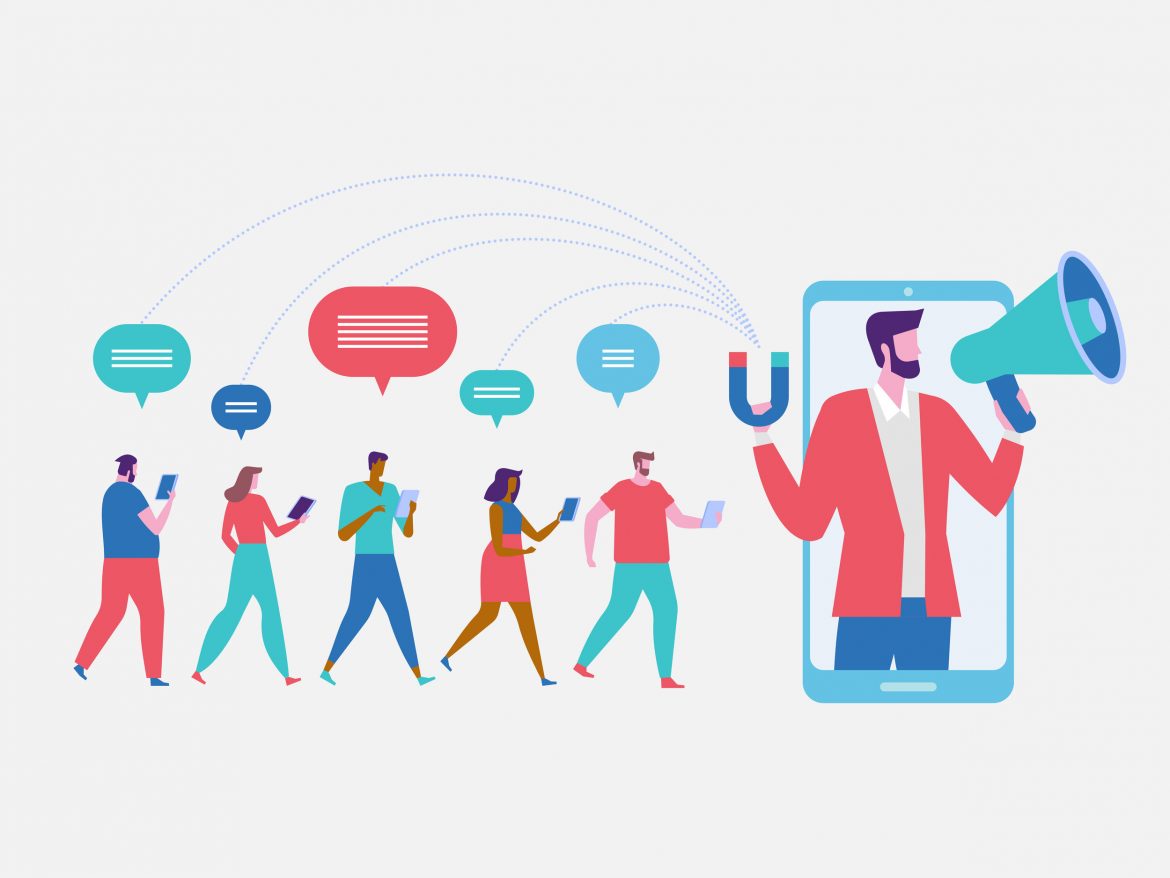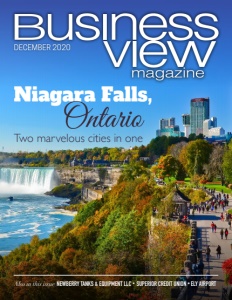Building Brand Tribes In a Shifting Economic Landscape
It’s no secret that during the current coronavirus pandemic, the economy has changed, and quite dramatically too. And because of the times we’re all finding ourselves in, building brand tribes has never been more important for both brands and influencers. In today’s world, influencer marketing has become so much more than just gifted products and using #AD on an Instagram post. Now, influencer marketing is more strategic in some ways, but also much more authentic than ever before. And a huge part of influencer marketing is building brand tribes.
Amelia Neate, senior manager at Influencer Matchmaker, has explained why brands should focus on building brand tribes and why engagement between influencers and consumers is so important.
Building brand tribes
Although something that has been a part of the advertising world for quite some time, the term ‘brand tribes’ is still relatively new. But what exactly is a brand tribe? Essentially, a tribe is a group of people that share the same values, beliefs and ethos as a brand or product. And now, influencers have the ability to truly connect with their audience, meaning that they are a great way for brands to create their very own tribe. Tribes aren’t just consumers of a product or brand. They have much more involvement in its promotion, creating a working relationship between brands, influencers and audiences.
Gymshark is a fine example of creating a brand tribe. From the very beginning of their journey, Gymshark have placed consumers at the very heart of what they do and create. And with this, the athlete community was born – their very own tribe. The athletes become representatives of the brand by wearing the clothing, using their products and sharing it all across social media. Gymshark have always been ahead of the game, and their athlete community is proof that building brand tribes is beneficial to the brand, their revenue and increasing brand awareness.
Today, there’s a whole plethora of ways for brands to create tribes and it is something we’re going to be seeing much more of within the industry. Brand tribes also become a natural testimonial for the brand, which is priceless. Now that many social media influencers are becoming their very own brands, they too have developed tribes, which is something we are seeing much more of online. These are often seen in the form of virtual book clubs and members-only Facebook groups.
Brands and influencers alike have taken to social media and their tribes to create user-generated content. By asking consumers and audiences directly what they would like to see, or more importantly wouldn’t like to see, it creates an opportunity for them to be involved.
A shift in the economy
With the ongoing changes in the economy, it is crucial for brands and influencers to ask their consumers what they want to see. Circumstances have changed for almost everyone recently. Some for the better but also for the worse. And with this, content and collaborations need to change, too.
Brands and influencers need to adapt to current times, and the changing needs of their audience and consumers, especially financially. People are much more thoughtful now about their purchasing decisions and where their money goes. Which is exactly why long-term partnerships between brands and influencers is so important. It creates a sense of trust, authenticity and a connection that may not have been formed otherwise. The beauty with long-term collaborations and partnerships is that consumers begin to associate an influencer with a brand, and vice versa. The two begin to go hand in hand and that has become a pivotal part of the influencer marketing industry.
The rise of revenge purchasing
The coronavirus pandemic has seen a drastic shift in the economy and has led to the rise of revenge purchasing. With everyone being ordered to stay home and with many retailers having to temporarily shut up shop, it left many consumers with a desire to make up for lost time. However, due to the lack of social interaction and daily activities being limited, consumers are turning to online shopping to add a hint of excitement, personalisation and normality to their lives.
Consumers are looking to spend their hard-earned cash on brands and products that really resonate with them, sharing the same values and ethics. And not only that, but consumers are no longer simply seeking products and services, but an entire experience to go with it – from browsing websites or queueing in stores, right through to purchase and delivery.
For many, the meaning of luxury has changed, and revenge purchasing is a trend that I think will be around for the foreseeable in some way or another. The relationships between brands and influencers will have a huge part to play in this. People’s lives have changed. Their needs are different and so are their buying habits.

